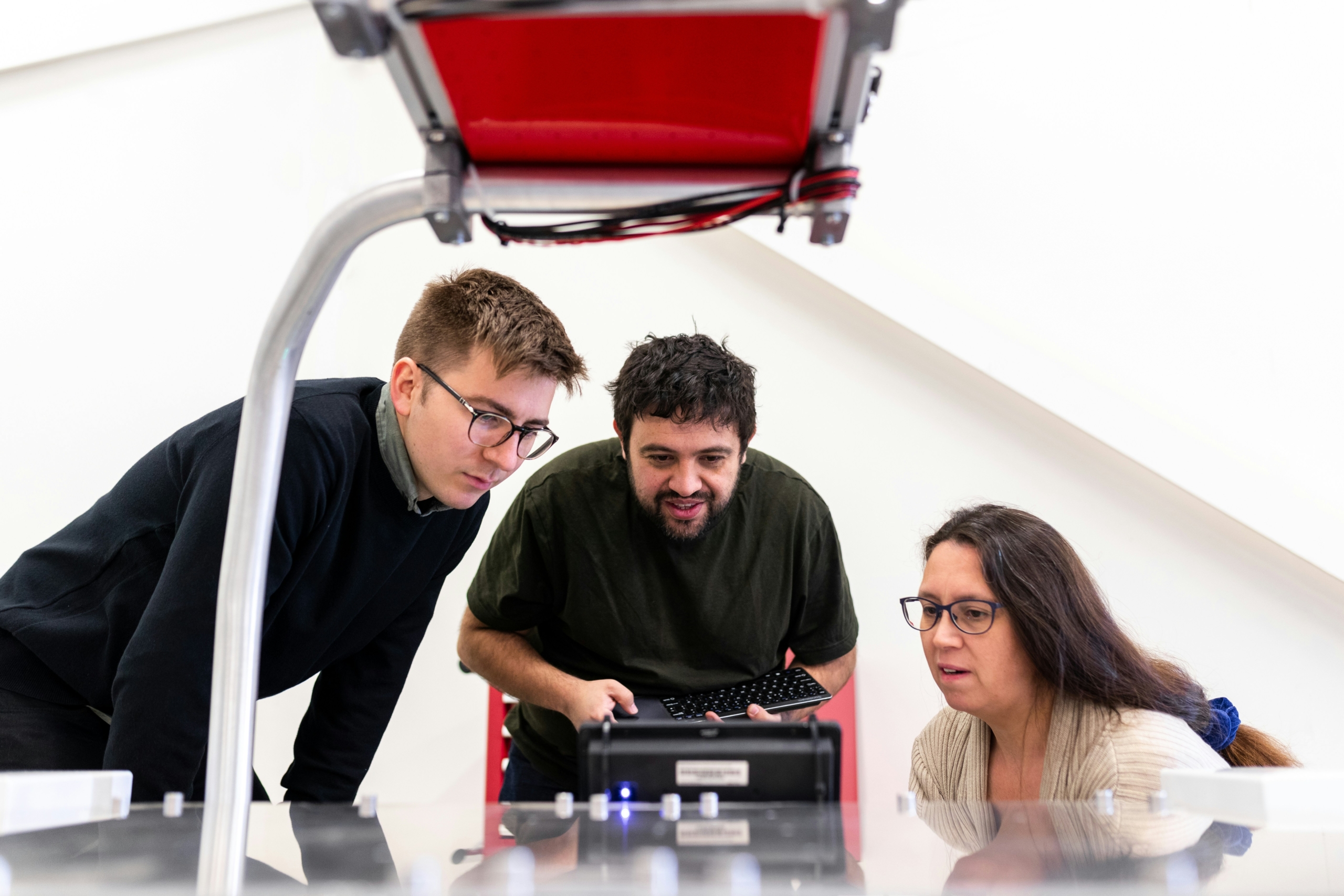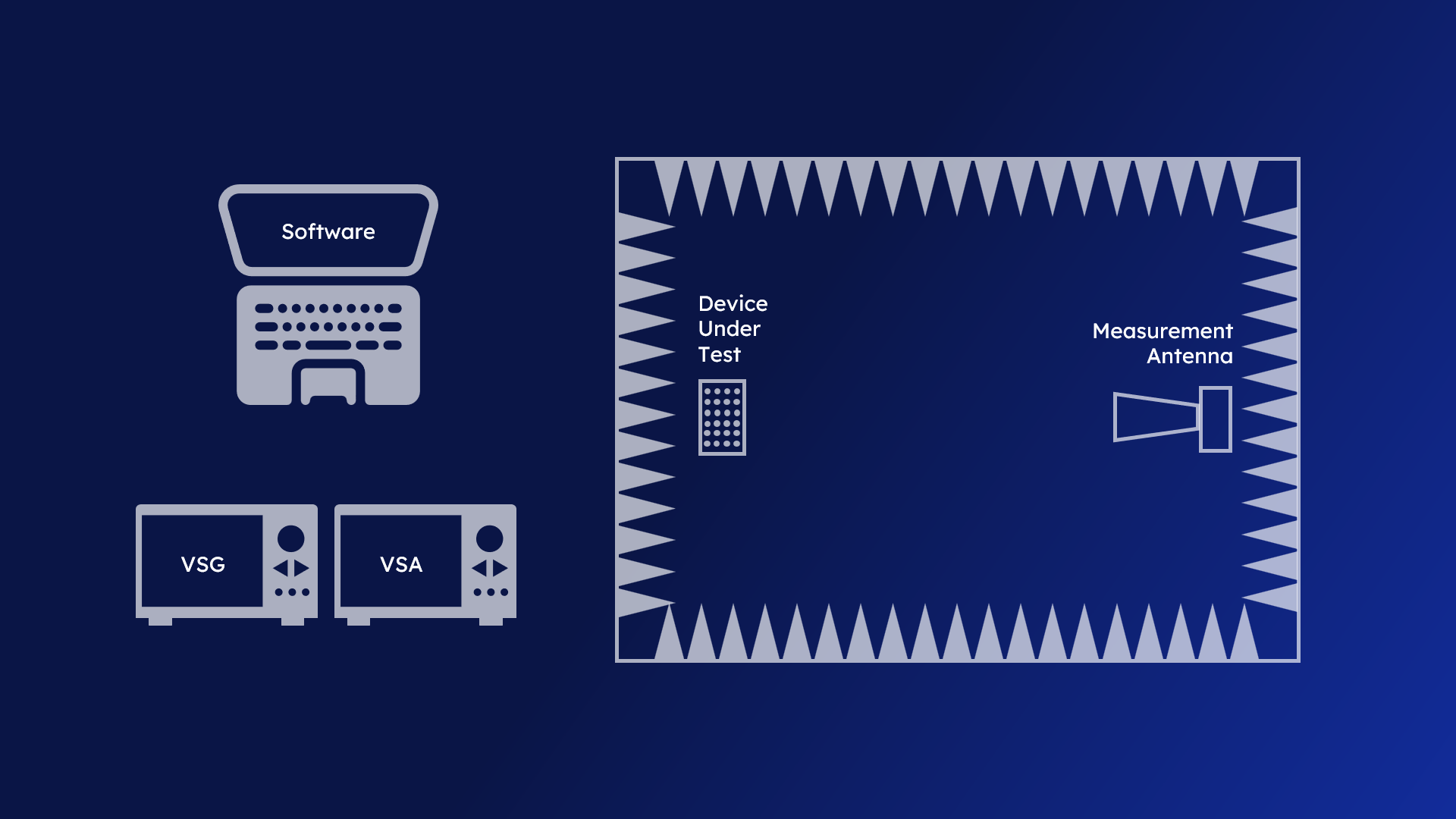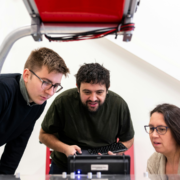What is OTA Testing? A Method to Assess Real-World Wireless Performance
Over-the-air (OTA) testing simulates the real-world transmission of wireless signals through the air. From research and development (R&D) to production, OTA testing helps engineers understand the overall performance of communication systems in real-world environments. This article explores the role OTA testing plays in different product development phases and how to conduct OTA tests.
OTA Testing in the R&D Phase: Simulating Real Communication Environments
During the R&D phase, engineers leverage OTA testing to simulate signal transmission and reception under diverse conditions, such as varying directions, distances, and the presence of obstacles.
This comprehensive simulation allows for the evaluation of both software and hardware performance in wireless communication systems, helping to identify potential incompatibilities or performance issues early in the development process.

OTA Testing in Quality Assurance and Production Phases
In the quality assurance phase, OTA testing ensures that each product complies with regulatory requirements. For instance, testing the product’s Total Radiated Power (TRP) and Total Isotropic Sensitivity (TIS) values to evaluate its overall performance.
In the production phase, OTA testing is integrated into the manufacturing process to identify and address any defects or inconsistencies early on. This helps to maintain high-quality output and reduces the likelihood of performance issues in the final products.

How to Conduct OTA Testing?
OTA testing is typically conducted in an anechoic chamber to prevent signal leakage or interference. Essential components for OTA testing include a turntable antenna positioning system, measurement antennas, and control and reporting software for automation.

Key testing instruments for signal generation and analysis are also crucial. YTTEK’s PluSDR is a non-signaling tester with a software-defined radio architecture, capable of generating and analyzing various signals, such as WiFi, 4G LTE, 5G NR, and CCSDS.
If you want to conduct 5G mmWave OTA testing, the PluSDR can connect to a mmWave front-end module for 5G NR signal transmission and reception. This setup enables beamforming and beam tracking in the mmWave band, facilitating near-field measurements with an automatic planar scanner.
Key Features of PluSDR (YTPC400)
- Highly flexible software-defined radio platform
- Supports a frequency band of 10 MHz to 9 GHz
- 400 MHz high bandwidth per channel
- Expandable to synchronize up to four units for an 8T8R configuration
- Supports 5G NR, WiFi, and CCSDS (satellite communication) standards
With over a decade of expertise in wireless communication, YTTEK offers high-quality and flexible solutions for wireless communication test and measurement. Our non-signaling tester, PluSDR, enables product developers to evaluate product performance and functionality comprehensively through OTA testing.

